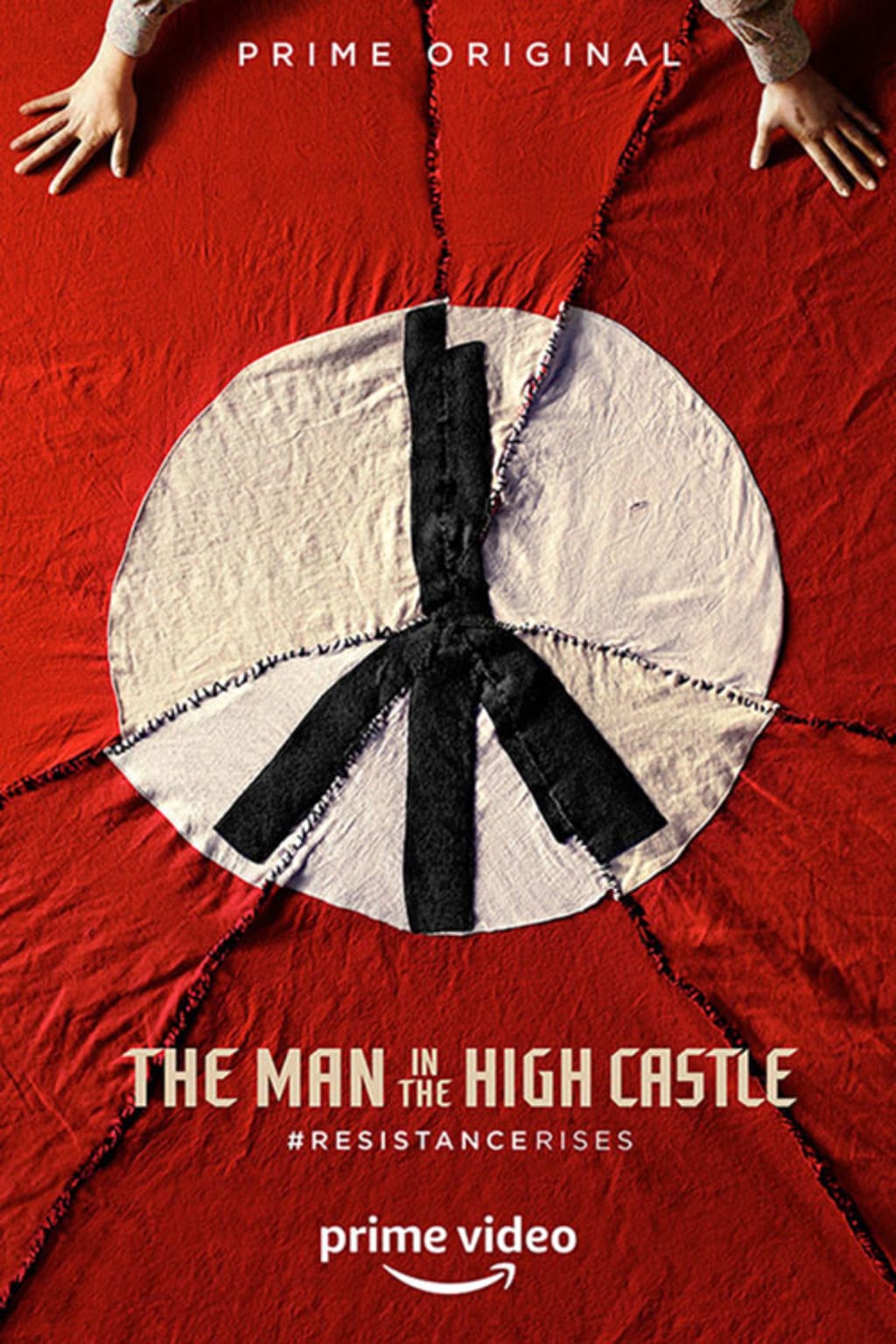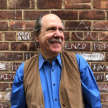Review of 'The Man in the High Castle' 3.2-3
Alternate Realities, Frederic Brown, and Rockwells

The Man in the High Castle episodes 3.2-3 go full bore into alternate realities, including:
- Dr. Mengele in New York schooling a shocked Smith about them, with Smith even remarking that this sounds like something out of "Frederic Brown"—a real science fiction writer in our reality, known mostly for his humorous science fiction stories, but author of the 1949 What Mad Universe, a novel with plenty of humor but also alternate universes. (The mention of Brown continues the weaving of elements from our reality into the alternate history of the Nazis and Japanese winning the Second World War that is the central story of The Man in the High Castle, with elements of our reality seeping through.)
- Smith, later watching one of the movie clips, sees his son Thomas alive and well, giving him a far deeper than professional stake in getting into or to the bottom of these alternate realities.
- Out West in Japanese California, the access to alternate realities is more mystical than scientific, as they are in the Nazi East Coast of America. This mysticism, by the way, is more consistent with Philip K. Dick's approach, but I like the way it's expanded to laboratory science in this third season of the story.
- Julianna's sister Trudy—the one who wasn't killed in her reality, but was in ours, now back in our reality alive and with Julianna—is discovered by Kido, the Japanese inspector who happened to kill her. This creates an unacceptable situation. Although Tagomi gets her and Juliania freed, they need to do something about Trudy, given Kido's understandable desire now to find out what's going on. Fortunately, I Ching is just thing to send Trudy back to her reality in a flash.
So we have the alternate realities on center stage now. But the backdrops are excellent, too. The Japanese Admiral realizes that the Japanese could benefit from working with Americans, rather than killing them, in the Japanese attempt to fend off the Nazis. Kido is instructed to go "lightly" in his enforcement—"persuasion" rather than "punishment"—and to use punishment only when needed. This should make for a more interesting storyline than just lining up captured Americans and shooting them.
Last—for now, before I go back to Prime to watch more episodes—I'm liking Robert's character more this season, too. He gets off a good line, talking about the Rockwells—Norman the painter and George Lincoln the Reichsmarshall of North America (I think I mistakenly said he was "North American Führer" in my previous review, it's hard to keep these Nazi titles straight)—underlining the ubiquitous mixing of realities in this compelling third season.
Back soon with more review.

About the Creator
Paul Levinson
Novels The Silk Code & The Plot To Save Socrates; LPs Twice Upon A Rhyme & Welcome Up; nonfiction The Soft Edge & Digital McLuhan, translated into 15 languages. Best-known short story: The Chronology Protection Case; Prof, Fordham Univ.






Comments
There are no comments for this story
Be the first to respond and start the conversation.